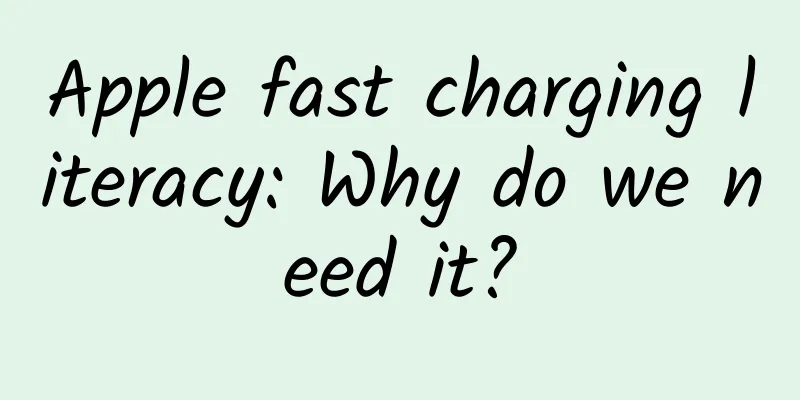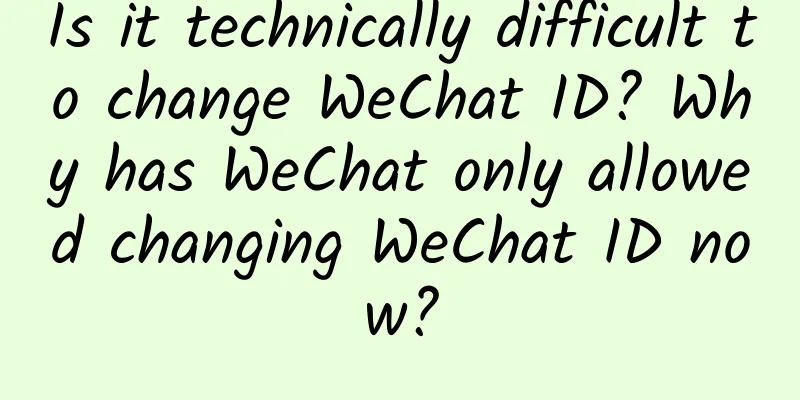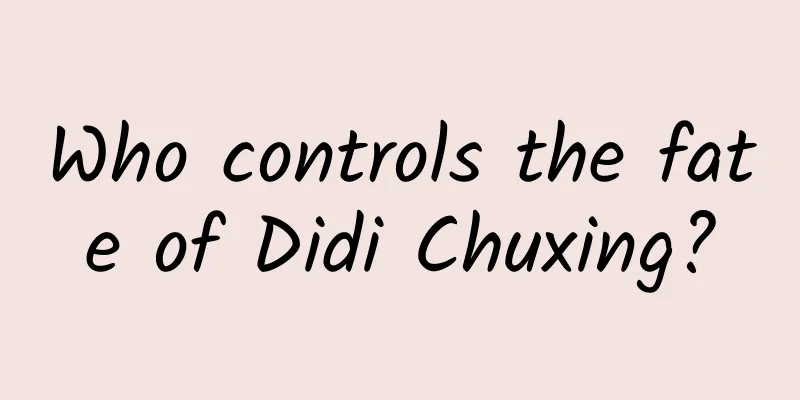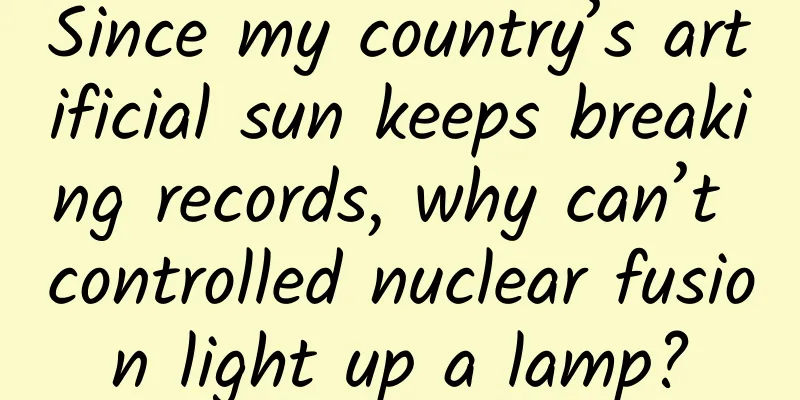Apple fast charging literacy: Why do we need it?

|
Last year, the iPhone 11 Pro series officially said goodbye to "5V1A". With Apple's appeal to the market, PD fast charging has once again ushered in a wave of development. Various PD fast charging products have appeared on the market, but many consumers still have a very vague concept of it. In this article, some of these questions will be answered. What is the PD protocol? USB PD (USB Power Delivery) is a charging standard and technology released by the USB Developer Forum in 2012, which stipulates that USB-C is used as an interface. Similar standards include Qualcomm's QC (Quick Charge) and others. USB PD is not an exclusive protocol of Apple. Most products using the USB-C interface are compatible. For example, domestic mobile phones equipped with super fast charging (such as OPPO's VOOC) are still compatible with the PD protocol in addition to their own fast charging protocol. Which Apple devices support the PD protocol? Although the iPhone 11 Pro is the first to come with an 18W PD charger, Apple actually already supported PD charging when it launched the iPhone and iPad Pro three years ago. The iPhone generally charges at 18W, while the iPad generally charges at 30W. The devices that currently support PD charging are as follows:
As for devices released before 2017 (taking iPhone as an example), products before iPhone 8 do not support PD fast charging. What accessories are needed to activate fast charging? You need an MFi-certified USB-C to Lightning charging cable and a charger that supports the PD protocol and is 18W or above. You can buy a set from a well-known third-party brand for as little as 40 yuan. The official fast-charging kit is also available, and the price is close to 400 yuan, and the quality is not much better than the third-party MFI-certified kit. (Rich people please feel free to buy) Qualified charging cables and chargers are indispensable. The charging cable needs to be MFi certified, and the charger needs to support the PD protocol. With the popularity of PD charging, more and more businesses are selling PD fast charging kits on the market. The author reminds you not to be greedy and choose "copycat" charging kits. Uncertified products can easily affect the charging experience at best, and at worst put the mobile phone battery at risk of rapid aging or even burning. How do I know if fast charging is enabled on my device? There will be no indication on the device that fast charging is activated and it can only be tested via the following methods.
It should be added that after the battery is charged to 80%, the device will enter the "trickle charging" state, and the charging power will drop to 5W until it is fully charged, and will no longer rise to 18W. This is a measure to protect the battery. Does fast charging have a big impact on battery life? Users who have this question all have the same problem: they worry that fast charging will cause the battery to age quickly, but this is not the case. It should be clear that charging the battery will affect the battery life, because the battery itself is a consumable. But it is true that the greater the charging power, the greater the heat generated, and thus the greater the battery loss. But now mobile phones and other electronic products are replaced every two or three years, and the battery can still be within an acceptable range when replaced. (The premise is that you have good usage habits) If you only replace the device once every five years or more, during this period, go to the official or manually replace a battery, and the device can be "revived" again. Compared with fast charging, unreasonable usage habits are more damaging to the battery. Try not to play with your phone while charging it, as this will cause the battery to overheat and seriously reduce its life. Can I use a PD charger with a power greater than 18W to charge my phone? Yes. Because the PD charger has built-in different charging gears, it will automatically detect the highest charging power of the device. Suppose you use the 61W PD charger that comes with the MacBook Pro to charge the iPhone 11, it will only charge the phone at the charging power suitable for the iPhone 11, and will not use 61W to charge the phone. In addition, whether you need to buy a PD charger with an output power greater than 18W depends on the number of devices you have that support PD charging. If you only have an iPhone that supports PD fast charging, then you can buy an 18W PD charger; if you have other devices that need fast charging, such as an iPad or a laptop that supports PD fast charging, you can buy a PD charger that supports higher charging power. The mainstream PD chargers on the market include 18W, 30W, 45W, 60W/61W and 65W, etc., which are backward compatible. In addition, after testing, the peak charging power of the iPhone 11 series, iPhone Xs series and iPhone XR can reach about 22W, but there is no need to buy a charger above 18W to reach this full charging power. The difference in charging speed between the two is minimal. Do all devices before iPhone 8 only use "5V1A"? Both iPhone 6s and iPhone 7 series support Apple 2.4A protocol, with peak charging power up to 12W, and most of the process is maintained at around 10W. You may have rarely heard of Apple 2.4A protocol, but I believe that many people used the 12W charger that comes with iPad to charge their phones and the speed was faster. In fact, this is because the device has activated the Apple 2.4A protocol. This protocol was first used on the iPad, and later the iPhone also supported it. To activate the protocol, you need a standard USB-A to Lightning charging cable and Apple's official 12W charger. Its speed is slightly slower than PD charging. If your device supports PD charging, you do not need to use this protocol. Is there any way to reduce the rate at which batteries age? The most important method is to avoid overcharging and over-discharging the battery. There is also a little trick. The number of times a battery is charged is calculated in charge-discharge cycles, that is, each time 100% of the power is consumed is a cycle. For example, if your phone has 20% power left and then charges to 100%, then you use it until it is 80% and then charge it again to 100%, then this is a charge-discharge cycle. Each charge-discharge cycle will cause damage to the battery. If this 100% charge-discharge cycle is divided into several parts, will the battery wear out more slowly? Yes. But this will cause another problem. Modern people go out without charging their mobile phones enough. What should they do if the battery is not enough? You can't have your cake and eat it too. Why do we need fast charging? Before there was a breakthrough in battery technology, the birth of fast charging technology was to allow people to recharge their mobile phones with enough power in a short period of time in the era of "never leaving their phones". When you wake up and find that you forgot to charge your device last night, looking at the empty battery bar, will you still choose to use a "5V1A" charger to charge it? The 18W charging speed seems "not worth mentioning" compared to the 50W or even 65W speeds of domestic manufacturers, but it won't be so bad that after you pick up your phone after brushing your teeth, you will find that the battery level of your phone has only increased from 3% to 6%. When you use the official fast charger and go out, you are struggling to find a power bank to save your dying device. At this time, you will definitely not consider "protecting the battery", but continue to watch variety shows with your hot phone. From then on, the battery becomes less and less durable due to frequent charging and playing, and then you tell your friends that "fast charging hurts the battery". Fast charging said that I don't take the blame. Bad digital product usage habits can cause much greater "losses" than fast charging. You are the user of digital products, and how to use them comfortably is the most important thing. I believe it is not a difficult choice to exchange shorter charging time for negligible power consumption difference. |
<<: Apple recognizes Android's status Cook: Google has a dominant operating system in the world
>>: Before Tencent acquired Sogou, we conducted a test on WeChat search.
Recommend
WeChat update! You can finally block group chats
Hello my friends. I just had a day off yesterday ...
How to play short video live streaming? Tips for live streaming operations!
At the end of 2019, short video e-commerce live s...
Cao Cao VS Liu Bei, where should the male god Guan Yu go?
Mixed Knowledge Specially designed to cure confus...
Do product managers need to learn technology? Here is the best answer
I have always believed that learning new knowledg...
How to open an account with Baidu Bidding? What are the channels for opening an account?
Friends who have done Baidu bidding promotion kno...
In just a few steps, you can understand how Jianshu has attracted millions of users
Jianshu 's positioning was very clear when it...
Fuwei SEO-Large Website SEO Implementation Plan
Fuwei SEO-Large Website SEO Implementation Plan T...
Analysis of Xiaohongshu's e-commerce "Little Oasis" platform
Different from algorithm-driven interest e-commer...
Chui Shiba's "Douyin Live Streaming VIP Course" focuses on the effective profit model of live streaming
Course Contents: 1. Basics: 1. Eight reasons why ...
Apple releases latest operating system, Siri can learn to quack like a duck
As long as you upgrade to Apple’s latest iPhone o...
The "fission" battle between Luckin Coffee and Lian Coffee: Who is the growth king?
Two years ago, when people talked about drinking ...
How to configure the company website server rental?
Recently, Jimifeng Network Customer Service has o...
The Origin of "Refrigerator", Straw Cup... How did the Ancients Beat the Summer Heat from the Cultural Relics
The hot summer is unbearable, and it is the hotte...
Nissan: Nissan's sales in China in January 2025 were 45,418 units, down 30% year-on-year
Recently, Nissan Motor Company announced its perf...
The three chip giants have entered the autonomous driving market, and Chinese manufacturers such as Huawei have made a single breakthrough and are facing the ultimate test
Qualcomm, Intel and Nvidia, the three giant chip ...









